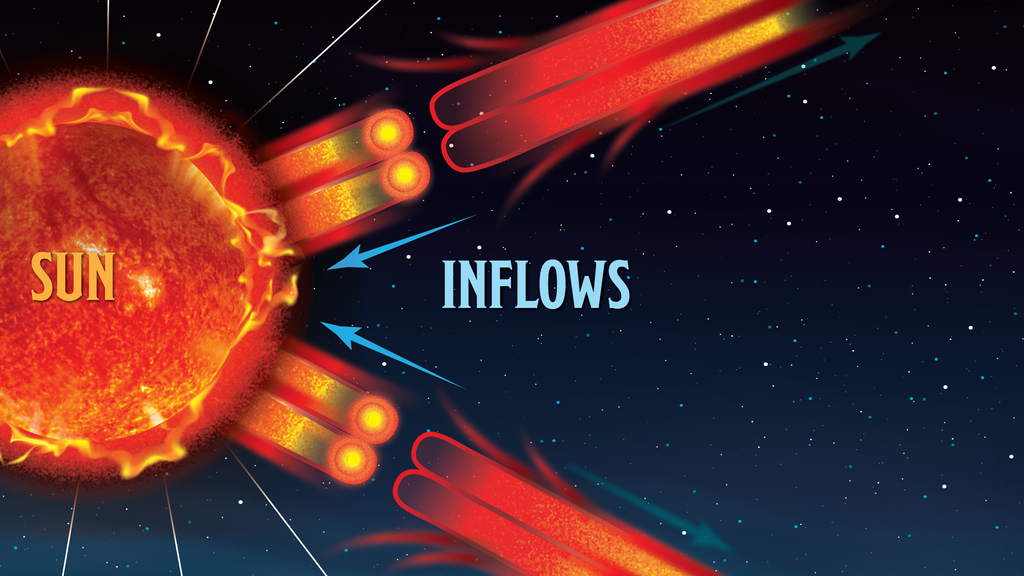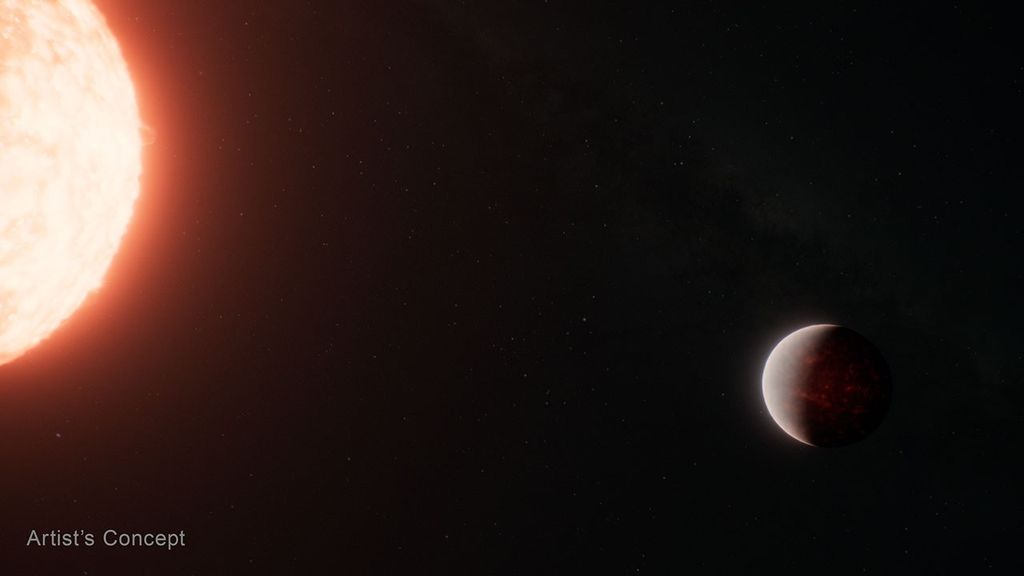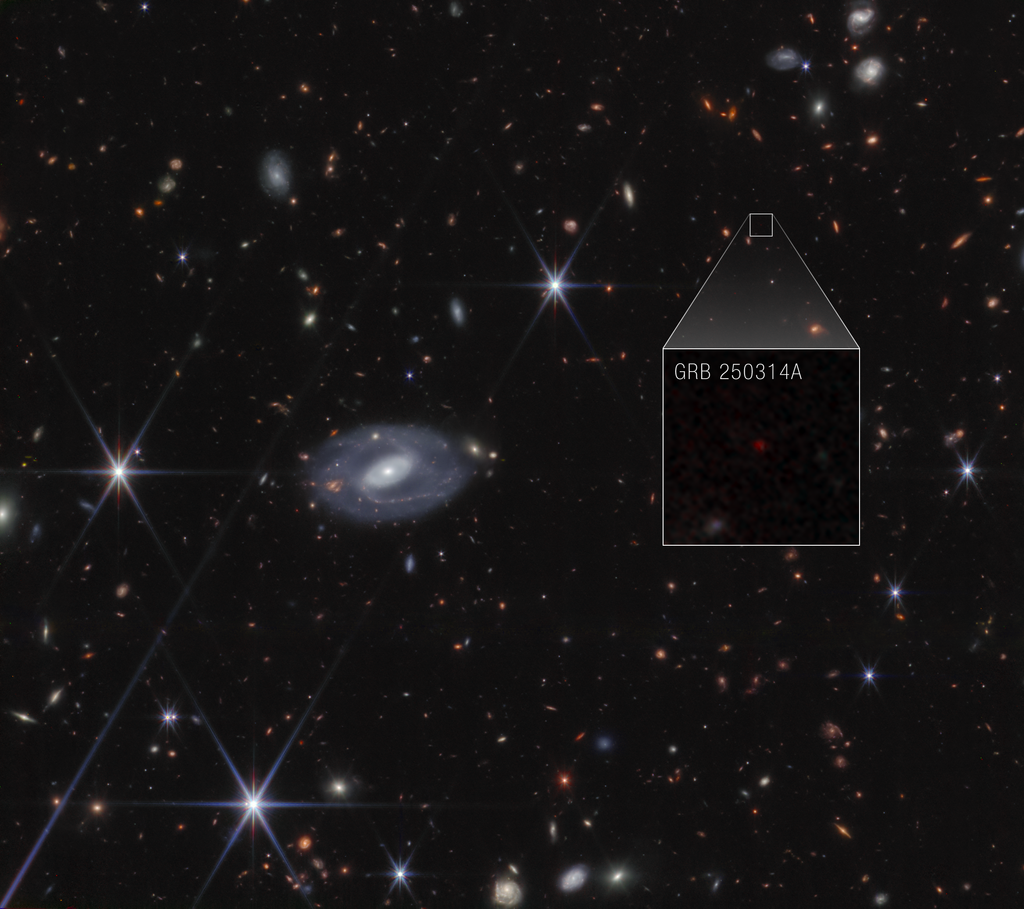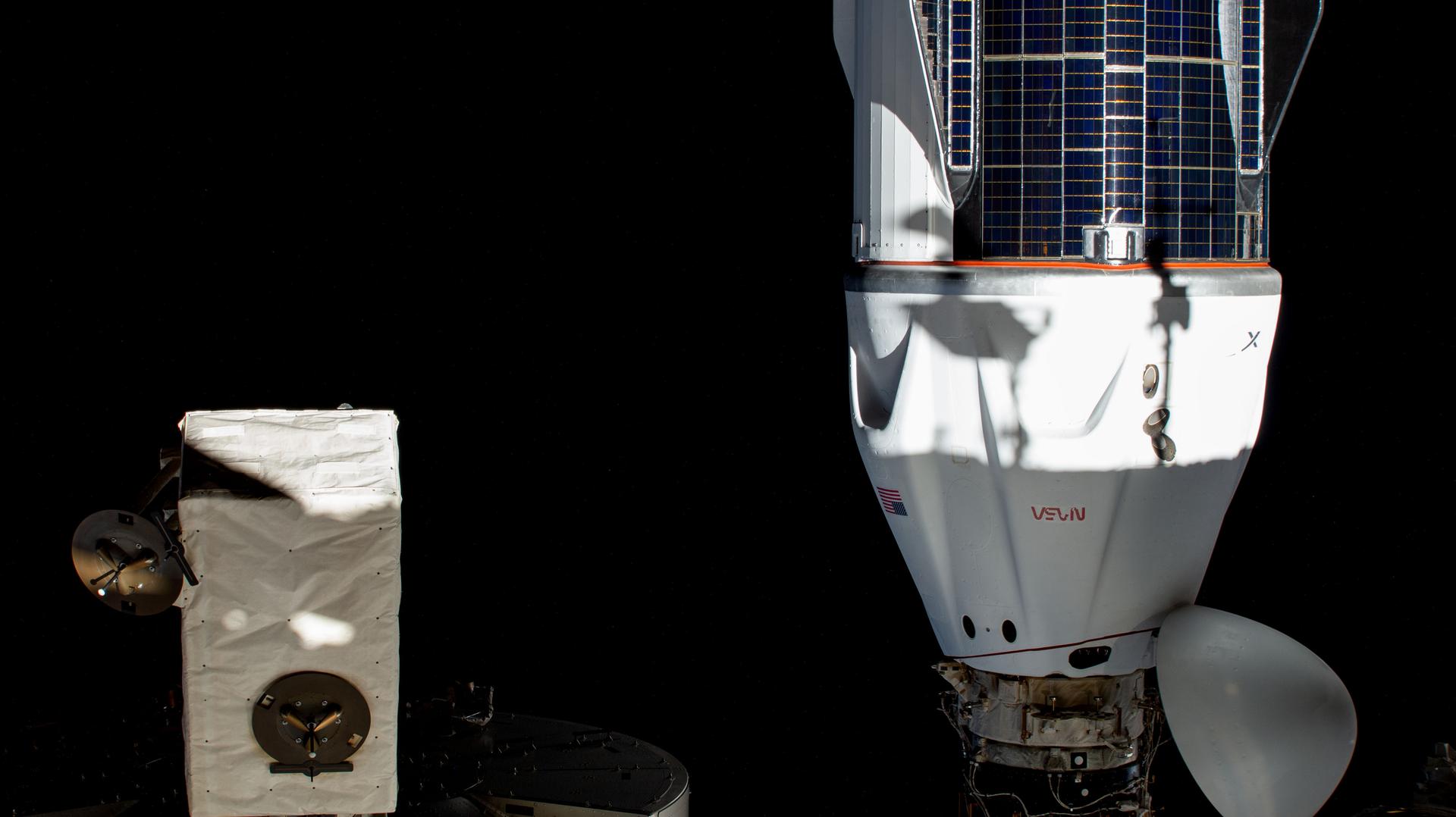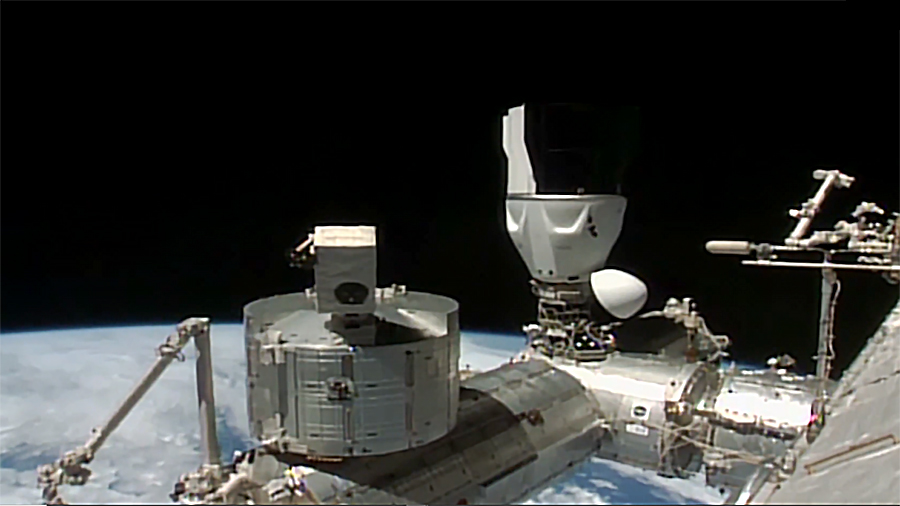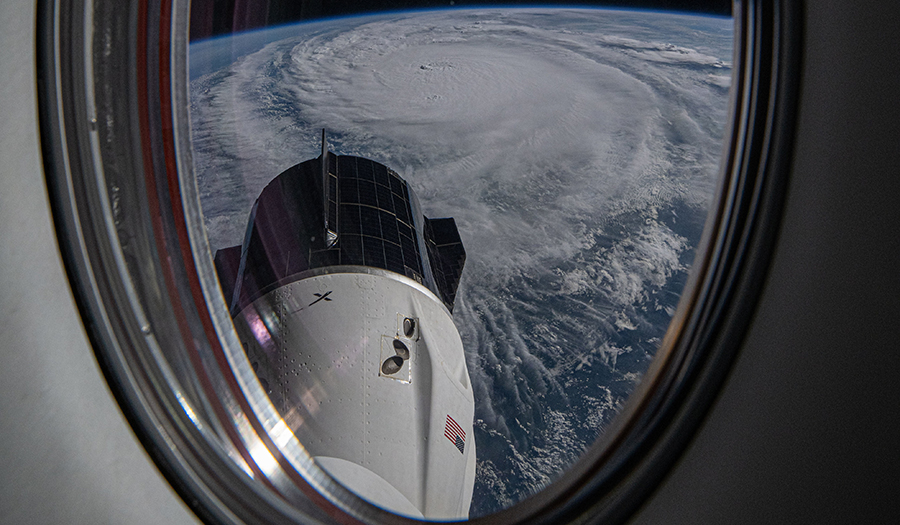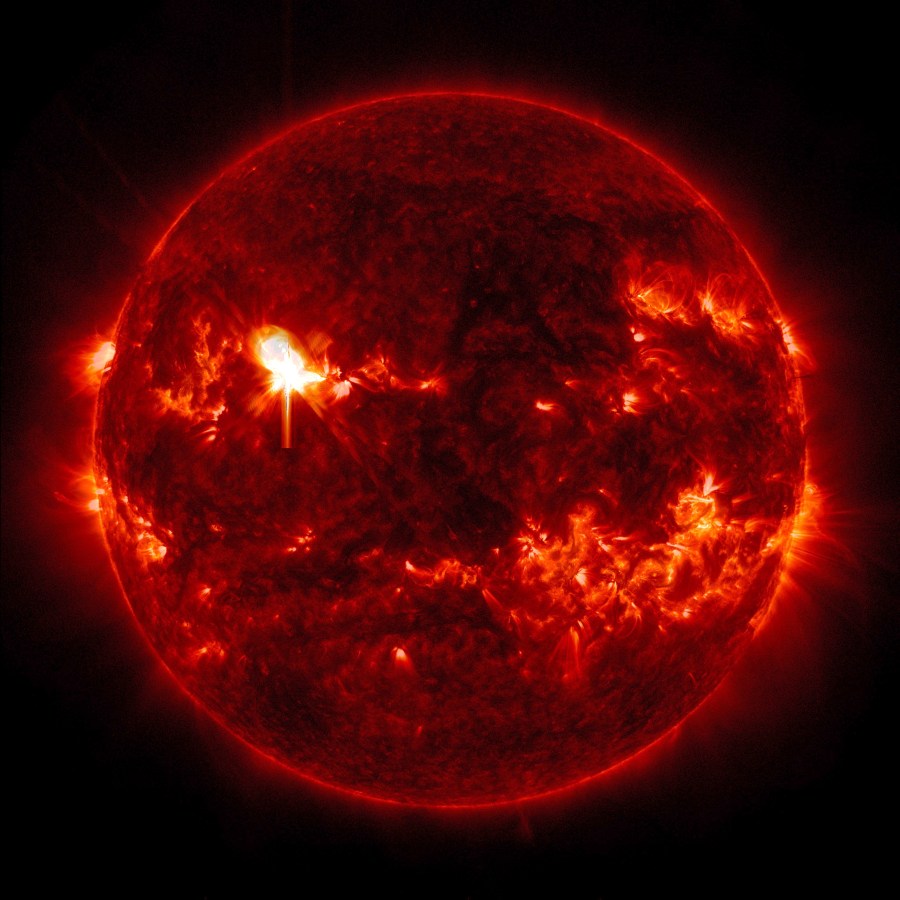NASA’s coverage is underway on NASA+ and the agency’s website for the launch of SpaceX’s 31st commercial resupply services mission to the International Space Station. Learn how to watch NASA content through a variety of platforms, including social media. The SpaceX Dragon spacecraft is scheduled for liftoff at 9:29 p.m. EST on the company’s Falcon …
NASA’s SpaceX CRS-31: Launch Coverage Underway











